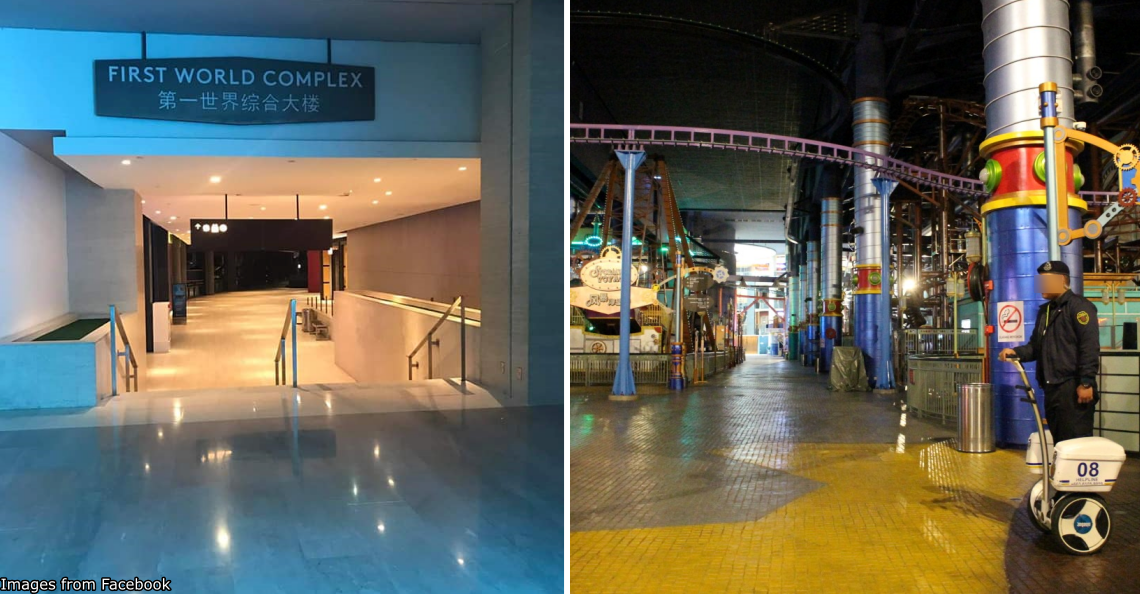Only Sg Buloh hospital can detect the Wuhan virus. What are superpowers of other hospitals?
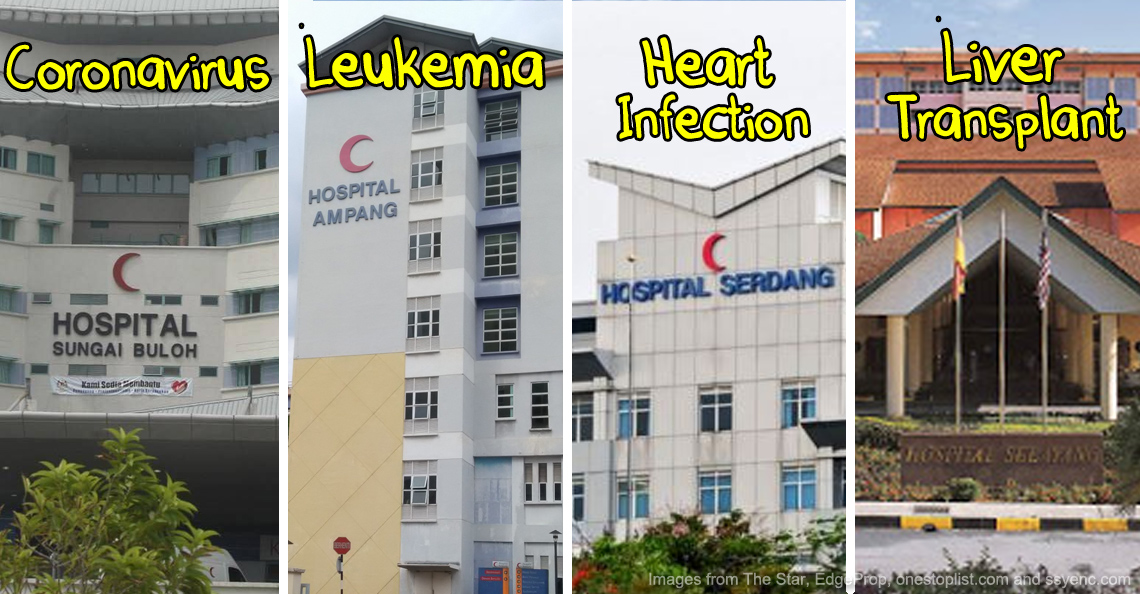
- 7.3KShares
- Facebook7.0K
- Twitter36
- LinkedIn44
- Email48
- WhatsApp177
When you fall sick, you would see a doctor in a nearby clinic. And if you need further care in a hospital, your doctor would refer you to a specialist in a hospital.
Sounds typical, right? But what if we tell you that there are cases where patients who are getting treated at a hospital are transferred to another hospital… which was what happened to the first coronavirus case involving three Chinese nationals in Johor, who entered Malaysia from Singapore and were quarantined in Johor before being sent all the way to Hospital Sungai Buloh for further examination.

In fact, the same thing happened to a 41-year-old Malaysian who was recently tested positive for coronavirus. The man had reportedly sought treatment in a private hospital for cough and fever but was later referred to Hospital Sungai Buloh for further examination.
When things like this happened, many people were questioning the decision to transfer patients to Hospital Sungai Buloh but we stumbled upon a tweet that kinda clarified things up:
It is like ijn for heart..
Hosp sg buloh for infection disease
Hosp ampang for hematogical prob
Hosp serdang for heart (IJN is totally private now)
Hosp selayang for liver problem
IKN for cancer
Hosp putrajaya for endocrine https://t.co/fBpXi4Mbwy— N o P a (@angsocool) January 25, 2020
We tried getting in touch with the owner of the tweet but to no avail. We also got in touch with the Ministry of Health to verify this information but we’re still waiting for their response. Anyways, what caught our attention was how certain hospitals have their own specialties.
But because nowadays people tend to deem tweets as reliable sources…

…we decided to fact check with this writer’s acquaintance, Dr Dee (not real name cos she prefers to stay anon), who is a doctor in Sabah. And, according to Dr Dee…
There are hospitals that specialise in treating patients with very rare conditions
When we talk about hospitals, there are three categories for public healthcare: primary and preventive care, secondary and tertiary care. You can take a look at this infographic from a UM journal for a better understanding:
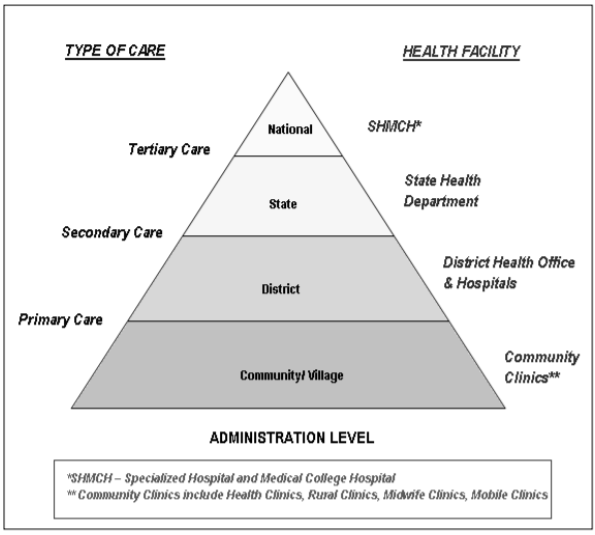
And most of the hospitals we’ll be talking about in this article are under tertiary care. These hospitals are sometimes known as referral centres.
Although all hospitals may have different departments, Dr Dee said there are some hospitals with special capabilities to handle complex medical cases.
“Every hospital has different departments but some hospitals have their own specialty for referral centers all over Malaysia.” – Dr Dee to CILISOS. Translated from BM.
However, Dr Dee also added that the full list of these hospitals are only known among medical practitioners, particularly doctors. With that being said and our limited research capabilities, we managed to find four public hospitals (we’re not including University Hospitals such as UM’s Medical Centre because they are semi-govt) with specialties such as…
1. Hospital Sungai Buloh’s specialty in Infectious Disease
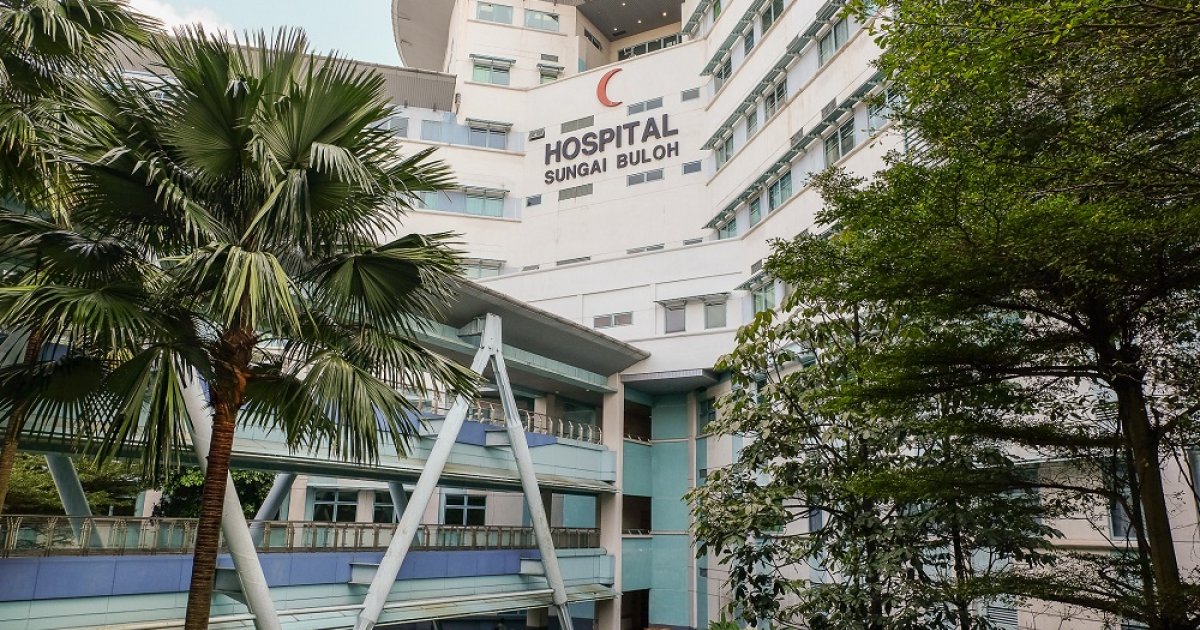
In 1999, the Hospital Sungai Buloh was built to cater to the growing needs of the surrounding population. At the same time, the hospital was built to reduce the outflow of patients from the Hospital Kuala Lumpur.
And, according to the then Health Minister Datuk Chua Jui Meng, the hospital would be the country’s Centre of Infectious Disease.
“The hospital, to be completed next year, would be equipped with the most modern and advanced facilities to handle infectious diseases. Experts in the field would also be based at the hospital.” – Chua to The Star in 2003.
The centre was reportedly built on the former leper settlement located near the hospital. The settlement which housed former leprosy patients from the hospital’s National Leprosy Control Centre was taken by the hospital to prevent it from being encroached by foreigners.
“Following the reported invasion of the area by foreign nationals, we are applying to demolish the houses and buildings there.” – Hospital Sungai Buloh’s then director Datuk Dr Khalid Ibrahim to The Borneo Post in 2016.
This is why the patients mentioned in the intro who were suspected of coronavirus were sent to this hospital. Besides that, this is also where the National Public Health Laboratory is located. It was reported that the test to confirm coronavirus cases are held here.
2. Hospital Ampang’s specialty in Haematology
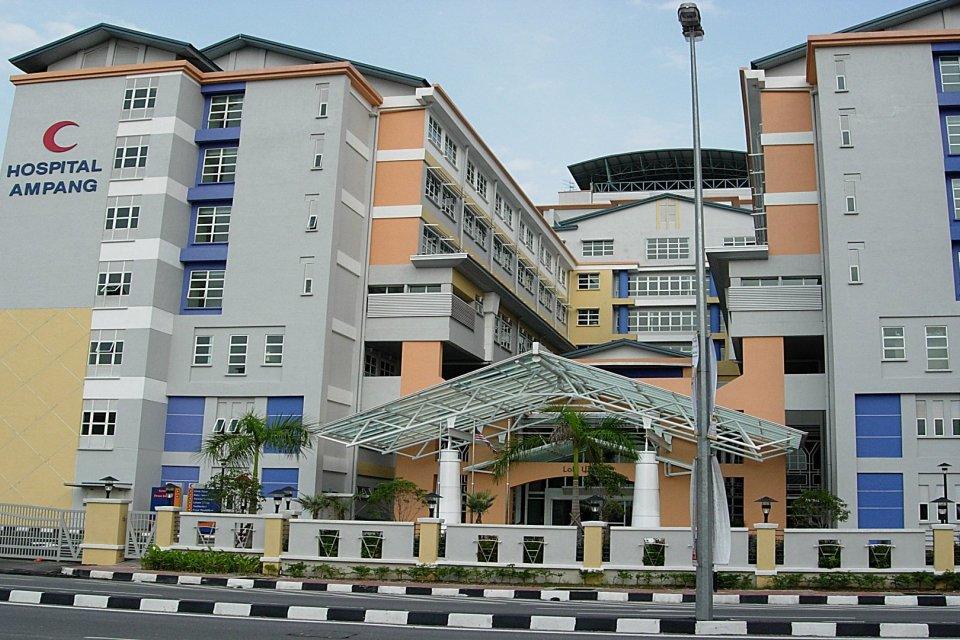
People living in the KL area may have seen this hospital countless times before. But didja know that this hospital is another national referral centre?
Located in Ampang, Selangor (hence, the name duh?), Hospital Ampang, which began its operation in 2006, is known as the National Referral Centre for Haematology. Haema-what?!

Haematology is basically the treatment, diagnosis and prevention of any diseases related to the blood. So this would basically mean that any extraordinary cases that require extra care from doctors specialised in this field would be referred to Hospital Ampang.
And just like the Sungai Buloh hospital, this hospital also has its own laboratory. Known as the Clinical Haematology Referral Laboratory, it is the Ministry of Health’s national referral laboratory that specialises in haematology testing.
As we were researching this story, we came across reviews from patients who get treated at Hospital Ampang. One of them is Tan Ming Ser, who was diagnosed with Acute Myeloid Leukaemia, a form of blood cancer, in 2013.
“It would be a modest statement to say that I owe a large part of my survival to the team at Hospital Ampang. From the day we stepped in to the hospital, my family and I were impressed at the cordial treatment of the patients and the professional demeanour of the medical practitioners. Everyone from the consultants and nursing staff to the admin and security personnel clearly understood their roles and responsibilities.” – An excerpt from Malay Mail.
Another patient’s daughter, Nadya Amin Shaharudin also claimed the same thing. Nadya’s mother was diagnosed with multiple myeloma in 2012 and was hospitalised in Hospital Ampang.
In her letter to The Star, Nadya expressed her concern when her mother was initially diagnosed with the disease. But she later discovered that her mother was under the good care of the doctors who had explained about the disease in detail, nurses who were knowledgeable too and even non-medical staff.
3. Hospital Serdang’s specialty in Cardiology
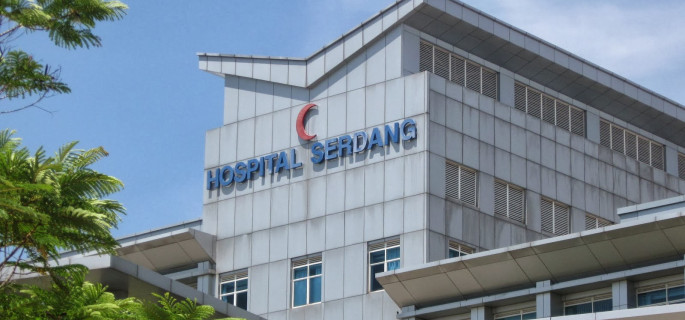
Okay, okay, we heard you. Some of you may wonder why we list Hospital Serdang as the medical institute with specialty in Cardiology (aka any heart-related diseases) instead of the National Heart Institute (IJN).
IJN, which was established in 1992, is a heart specialist institution that provides patients with treatment related to the heart. And IJN is commonly known to be the place where patients with heart problems go to (but not for heartbreak ofcos). In fact, Tun Mahathir was admitted and received treatment at IJN for a chest infection in 2018 and back in 2007.
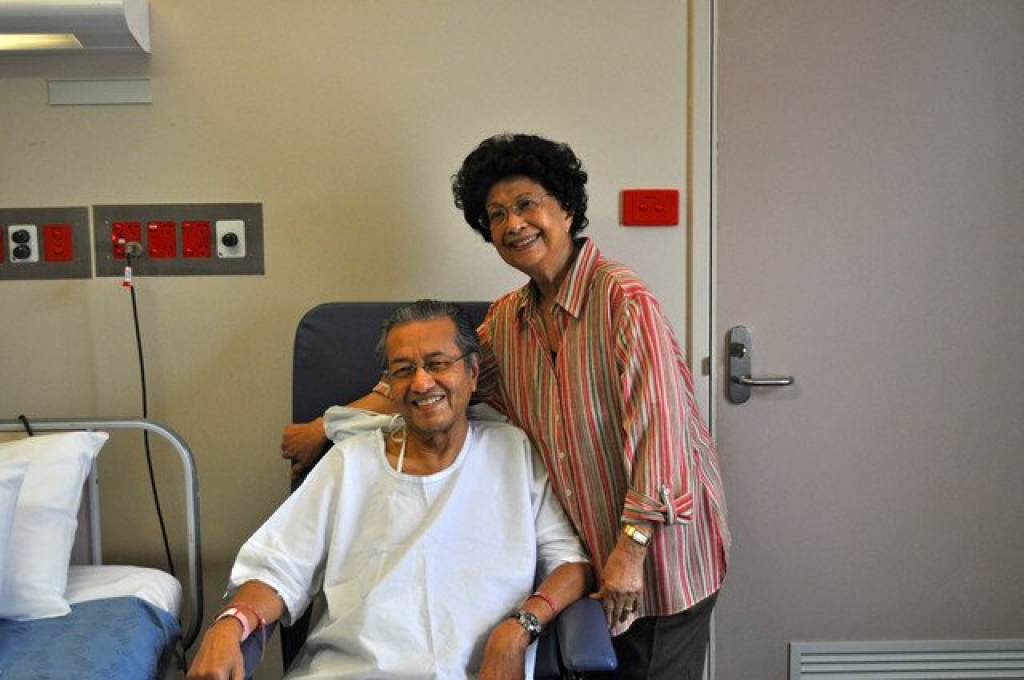
Although IJN is known for that, the Ministry of Health’s Heart Centre is actually located in Hospital Serdang‘s Cardiology Department. In fact, this department is also known to be the second heart specialist institution after IJN. And guess what? This department can treat up to 250 patients in a DAY.
Interestingly enough, as we were researching this story, we also found out that there’s another hospital that is known as the Health Ministry’s Referral Centre. But unlike the hospitals we mentioned earlier, the centre only focuses on patients in the Northern and East Coast of the Peninsular Malaysia and it is located in Hospital Pulau Pinang.
4. Hospital Selayang’s specialty in Liver Disease
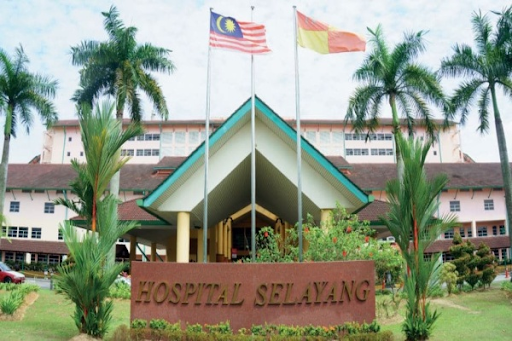
As it turns out, dedicated liver services didn’t start in Hospital Selayang itself. The services were pioneered by Tan Sri Dr Mohd Ismail Merican in the Kuala Lumpur Hospital to meet the demands of patients who are suffering complications from liver diseases.
But this service was relocated to the Selayang Hospital in 1999. And this service has since evolved into the national tertiary referral centre specialised in the management of critically ill patients with liver diseases.
As of 2016, there have been 80 liver transplants done in the centre and it was said to be the only centre in Malaysia that performs liver transplants. Of course there were other private centres that can perform these transplants but, according to Dr Ismail…
“There were attempts to do liver transplantation in private centres, but we felt that liver transplantation should be offered to patients in a public facility … as it is very specialised and very resource intensive.” – Excerpt from The Star.
Besides transplants and treating liver patients, the centre also organises forums that updates doctors on new findings and technology in liver treatments. This is called the biennial Liver Updates.
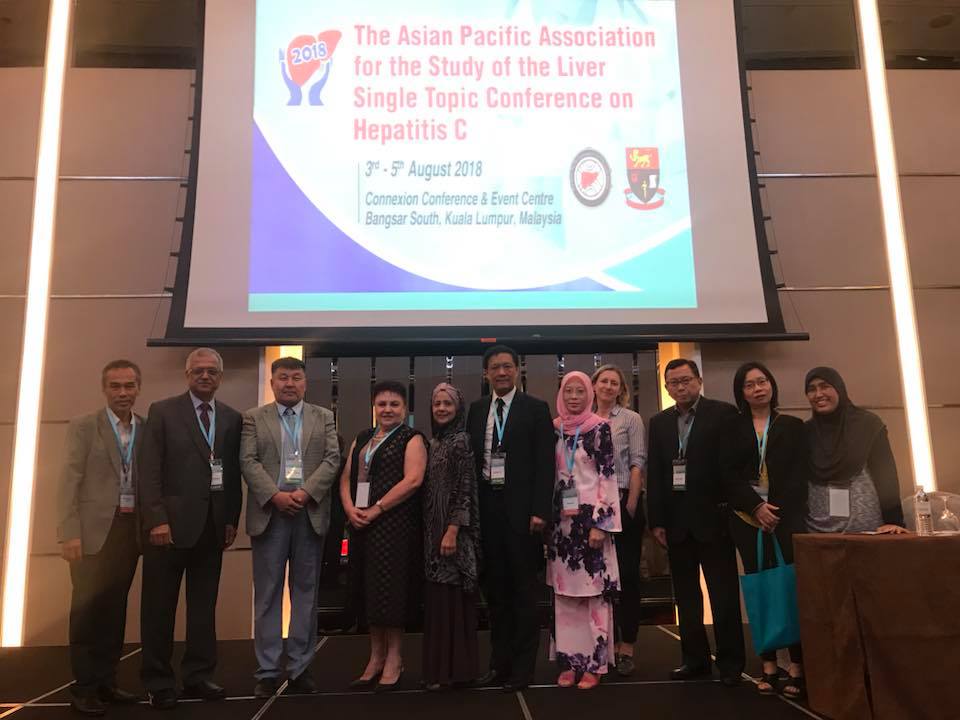
But that’s not all. Apparently, Hospital Selayang is also known to be the first and only hospital to offer services for patients who suffer from rheumatic diseases aka diseases related to joints, ligaments, bones and muscles. And because of this, Hospital Selayang is known as the paediatric rheumatology tertiary referral center in Malaysia.
Actually, there might be more hospitals with specialties like this la. But even with these four, you may be wondering…
…how do we know which hospital to go to??
“A lot of our patients do not know where to go.” – Dr Ismail to The Star.
While we were talking to Dr Dee about this, she told us that although these hospitals have their own specialty, this doesn’t necessarily mean they’re more superior than other hospitals. In fact, she emphasises that these specialties only meant that these hospitals will take in super rare cases that require extra attention or care.
In the recent case of the coronavirus outbreak, on the other hand, this doesn’t mean that other hospitals cannot handle cases related to this virus. In fact, the Health Ministry has listed out 26 other hospitals besides Hospital Sungai Buloh that specialise in the treatments of infectious diseases.
You can check the infographic by the Health Ministry below for the full list of the hospitals:

At the time of writing, there have been 10 cases of coronavirus reported in Malaysia. And the govt has implemented necessary measures to combat the virus such as suspending of all visa facilities for Chinese tourists from the Hubei province. And, according to Deputy Health Minister, Dr Lee Boon Chye, Malaysia is not working alone in this.
“Malaysia, together with Asean nations, will cooperate in fighting this epidemic.” Dr Lee to NST.
But as for the rest of us, you can prevent ourselves from falling ill by washing your hands with soap, use the hand sanitizer if there’s no water or soap nearby, avoid touching your eyes, nose and mouth with unwashed hands, and avoid close contact with those who are sick, among other things.
But if you happen to fall ill (choi) even after doing all these, then Dr Dee has one last advice for you…
“For the public, you would normally have to go to any hospital nearby to get diagnosed and treated.”
- 7.3KShares
- Facebook7.0K
- Twitter36
- LinkedIn44
- Email48
- WhatsApp177



